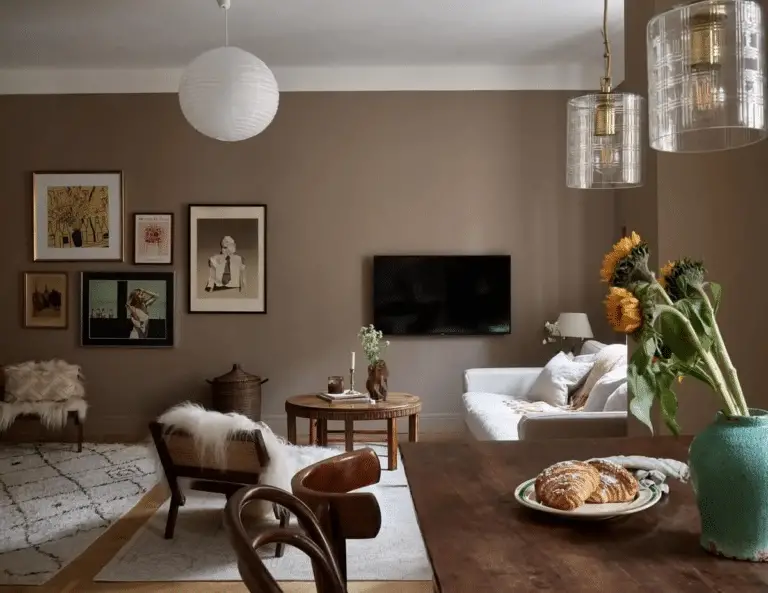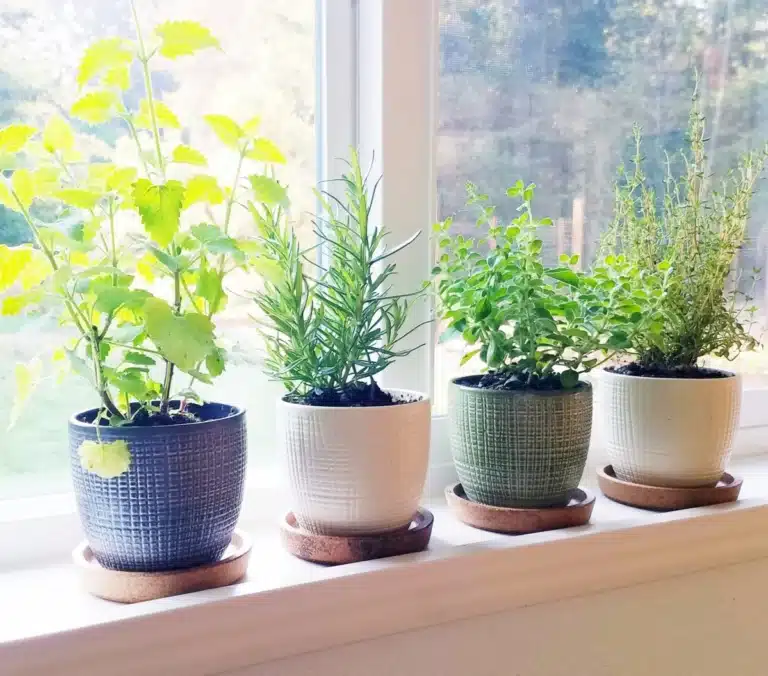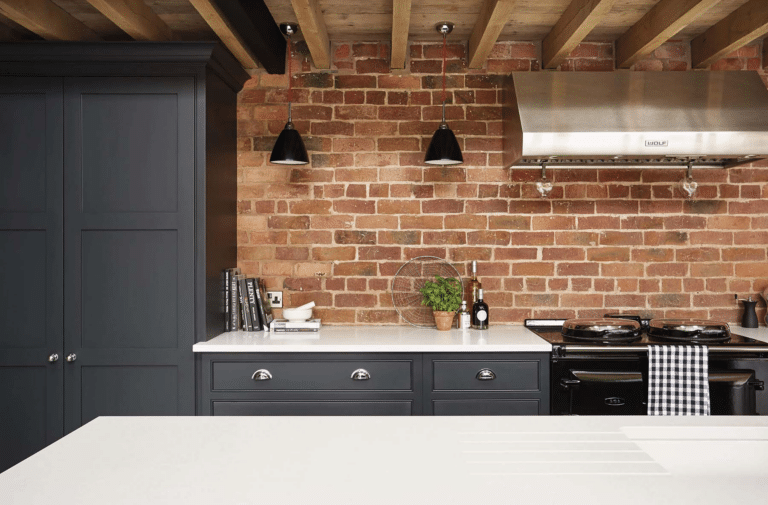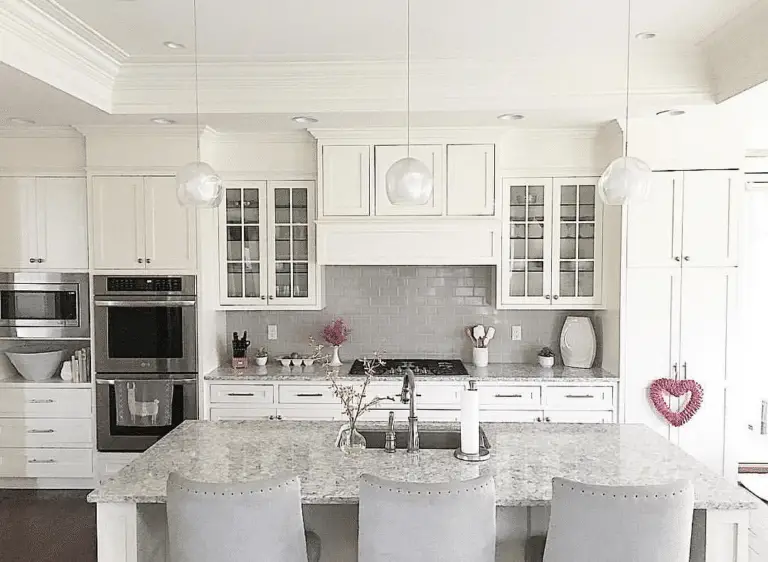Are you looking to brighten up your small kitchen space? Welcome to a world of innovative lighting ideas tailored specifically for small kitchens! From utilizing natural light to implementing different types of artificial light, we’ve got you covered.
Discover how to create a layered lighting approach that enhances both functionality and style. Get inspired by unique and creative lighting solutions that will make your small kitchen stand out. Let’s shed some light on how to illuminate your small kitchen effectively!

Introduction to Lighting Ideas for Small Kitchens
Lighting plays a crucial role in enhancing the functionality and aesthetics of small kitchens. Despite their limited space, small kitchens can benefit greatly from innovative lighting solutions that not only illuminate the area but also create the illusion of a larger and more inviting space. In this section, we will delve into the significance of lighting in small kitchens and explore various trends and styles that are ideal for enhancing the overall look and feel of these compact spaces.

When designing the lighting for a small kitchen, it is essential to consider not only the practical aspects of illumination but also the aesthetic appeal it brings to the space. By incorporating the right lighting fixtures and techniques, you can transform a cramped kitchen into a stylish and functional area that is a joy to work in.
Utilizing Natural Light as a Lighting Solution
When it comes to lighting ideas for small kitchens, one of the most effective solutions is to harness the power of natural light. Natural light has the ability to transform a small kitchen, making it appear more spacious and inviting. By strategically incorporating natural light into your kitchen design, you can create a bright and airy space that is both visually appealing and functional.
Benefits of Natural Light

Natural light offers numerous benefits beyond simply brightening up a room. Exposure to natural light has been shown to have a positive impact on health and wellbeing. Natural light can help regulate your circadian rhythm, improve mood, and increase productivity. By maximizing the amount of natural light in your kitchen, you can create a space that promotes feelings of happiness and well-being.
Increasing Natural Light in the Kitchen
There are several practical solutions for increasing the amount of natural light in your small kitchen. One effective method is to incorporate windows or skylights into your kitchen design.

If your kitchen has limited access to natural light, consider using light-colored paint, reflective surfaces, and strategically placed mirrors to help bounce light around the space. Additionally, minimizing obstructions such as heavy curtains or large furniture can help enhance the flow of natural light throughout your kitchen.
By making the most of natural light in your small kitchen, you can create a bright, welcoming space that is both aesthetically pleasing and beneficial for your health and wellbeing.
Implementing Artificial Light: Task, Ambient, and Accent
Artificial lighting plays a crucial role in small kitchens where natural light may not always be sufficient. Understanding the different types of artificial lighting and how to use them effectively can greatly enhance the functionality and aesthetics of a small kitchen space. In this section, we will delve into the specifics of task lighting, ambient lighting, and accent lighting, and how to implement them in a small kitchen setting.
Task lighting is essential in small kitchens to illuminate workspaces such as countertops, stovetops, and sinks. This type of lighting is focused and provides adequate brightness for performing tasks efficiently. When placing task lighting fixtures, it is important to consider shadows and glare.

Under-cabinet lights, track lights, and pendant lights are popular choices for task lighting in small kitchens. Opt for LED bulbs for task lighting as they are energy-efficient and produce minimal heat, making them safe for use in confined spaces.
Ambient lighting, also known as general lighting, creates an overall illumination in the kitchen. This type of lighting is necessary for providing a comfortable level of brightness throughout the space.

Ceiling lights, recessed lights, and chandeliers can serve as ambient lighting sources in small kitchens. To avoid harsh shadows and create a warm ambiance, consider using dimmer switches with ambient lighting fixtures. Choosing warm white bulbs for ambient lighting can also contribute to a cozy atmosphere in the kitchen.
Accent lighting adds depth and visual interest to a small kitchen by highlighting certain features or areas. This type of lighting is decorative in nature and can create a focal point in the space. Accent lighting can be used to showcase artwork, glass cabinet doors, or a beautiful backsplash.

LED strip lights, wall sconces, and adjustable track lights are popular choices for accent lighting. Selecting the right color temperature for accent lighting is crucial; cool white bulbs can create a modern look, while warm white bulbs can add a touch of elegance to the kitchen.
When implementing artificial lighting in a small kitchen, it is important to strike a balance between functionality and aesthetics. By combining task, ambient, and accent lighting effectively, you can create a well-lit and visually appealing space that meets your needs. Experiment with different lighting fixtures, bulb types, and placements to achieve the perfect lighting scheme for your small kitchen. Remember to consider the overall design and layout of the kitchen when selecting artificial lighting solutions to ensure a cohesive and harmonious look.
Layered Lighting Approach for Small Kitchens
When it comes to lighting ideas for small kitchens, one approach that stands out for its effectiveness is the layered lighting concept. This design strategy involves using different types of lighting in layers to create a well-lit and functional space. By incorporating task, ambient, and accent lighting, you can achieve a balance that enhances both the aesthetics and functionality of your kitchen.
Explanation of Layered Lighting Concept
The layered lighting concept involves the use of multiple light sources to illuminate different areas of the kitchen. Task lighting, which is focused on specific work areas like countertops and stovetops, ensures that you have adequate light for food preparation and cooking.

Ambient lighting provides overall illumination for the room, creating a warm and inviting atmosphere. Accent lighting, on the other hand, highlights architectural features or decor elements, adding depth and visual interest to the space.
Enhancing Functionality in Small Kitchens
In small kitchens, where space is limited, layered lighting can be particularly beneficial. By strategically placing different types of lights, you can make the kitchen feel larger and more efficient. For example, under-cabinet lighting can brighten up work surfaces and make the room appear more spacious.

Pendant lights above the kitchen island can not only provide task lighting but also serve as a stylish focal point. By layering these various light sources, you can create a well-lit space that is both practical and visually appealing.
Examples of Successful Layered Lighting Designs
There are numerous examples of successful layered lighting designs in small kitchens that demonstrate the effectiveness of this approach. For instance, a combination of recessed lights, pendant lights, and under-cabinet lighting can create a balanced and versatile lighting scheme. By adjusting the intensity of each type of light, you can easily adapt the ambiance of the kitchen to suit different activities, from cooking to entertaining.

Another innovative approach to layered lighting is the use of smart lighting systems that allow you to control the brightness and color of the lights with a smartphone or voice commands. This level of customization not only enhances the functionality of the kitchen but also adds a touch of modernity and sophistication to the space.

In conclusion, the layered lighting approach is a highly effective way to illuminate small kitchens, enhancing both their functionality and aesthetic appeal. By combining task, ambient, and accent lighting in layers, you can create a well-balanced and inviting space that meets all your lighting needs.
Unique and Innovative Lighting Ideas for Small Kitchens
When it comes to lighting small kitchens, thinking outside the box and exploring unique and innovative solutions can make a big impact. By incorporating creative lighting ideas, you can not only illuminate your space but also enhance its overall aesthetic and functionality.
Customized Pendant Lights
One distinctive lighting design that works well in small kitchens is customized pendant lights. These lights can be tailored to fit the specific dimensions and style of your kitchen, offering both practical illumination and a touch of personalization. By selecting unique shapes or materials for your pendant lights, you can add a visual focal point to the room while ensuring adequate lighting for cooking and dining activities.
Under-Cabinet Lighting

Another innovative lighting solution for small kitchens is under-cabinet lighting. By installing LED strips or puck lights underneath your upper cabinets, you can create a warm and inviting ambiance while also increasing the visibility of your countertops and workspace. This subtle lighting option not only adds depth to your kitchen design but also helps to prevent shadows and dark corners, making the space feel larger and more open.
Backlit Glass Shelves
For a truly unique and modern lighting idea, consider incorporating backlit glass shelves into your small kitchen design. By installing LED lighting behind transparent or frosted glass shelves, you can create a soft and diffused glow that highlights your dinnerware or decorative items. This distinctive lighting feature can add a sense of sophistication to your kitchen while also providing practical task lighting for preparing meals or reading recipes.

By thinking creatively and exploring innovative lighting solutions, you can transform your small kitchen into a stylish and functional space. Whether you opt for customized pendant lights, under-cabinet lighting, or backlit glass shelves, each unique approach can contribute to a distinctive look that sets your kitchen apart.
Creative Ways to Light Up Your Small Kitchen!
In conclusion, lighting plays a crucial role in enhancing the appearance and functionality of small kitchens. By maximizing natural light, implementing task, ambient, and accent lighting, adopting a layered approach, and exploring unique lighting solutions, you can transform your small kitchen into a stylish and efficient space.
Remember, the right lighting can make all the difference in creating a welcoming and enjoyable kitchen environment. So, get creative with your lighting ideas and illuminate your small kitchen in style!








